Dryland agriculture: one way of Climate resilient agriculture
Dryland farming can be read as Climate resilient agriculture, for it is neutral to weather vagaries. It naturally supports cultivars like millets, pulses, lentils, oilseeds and native fruits. In this day and age when we are striving to decrease global warming from every walk of like including agricultural emissions and reduction of external inputs, dryland farming highlighting zero budget natural farming discounts irrigation, fertiliser inputs, and thrives in an environment without much effort. On the other hand they are hardy enough to not just thrive in harsh dry climate but sequesters carbon into the dry soils and the legumes fix nitrogen into the soil. These dryland crops also absorb the complex web of chemicals photosynthesizing into nutrition for human and livestock consumption.
Millets for example are found to be so rich in riboflavin and iron content besides proteins that thy ae the ideal fit for endocrine disorders like Hypertension, Hyper-Thyroidism, Diabetes Miletus and cholesterol etc. People suffering from anemia too find a solution in native nutrition like millets and lentils.
Raju a 43 year old farmer in dry land belt of Karnataka says "these millets are really low in maintenance. Back in my childhood days we used to grow only one row of millets as a Plan B just in case of crop loss; but now all the fields are sown with rice, Ragi (minor millet native to Karnataka,) and sun flower." The emphasis on financial security wins over native nutrition, and health quotient, obviously.
The
agricultural diversity found in the Indian Subcontinent is conducive to the soil
and agro meteorological conditions in the Subcontinent. Being in synch with the
prevalent soil and agro meteorological conditions is true Climate Smart
Agriculture.
Curated by
Malini Shankar Digital Discourse Foundation
Text by
Malini Shankar
Pictures
Vishruth Harithsa,
Shaiksha M Vali (Accion Fraterna Ecology Centre)
Creative Commons
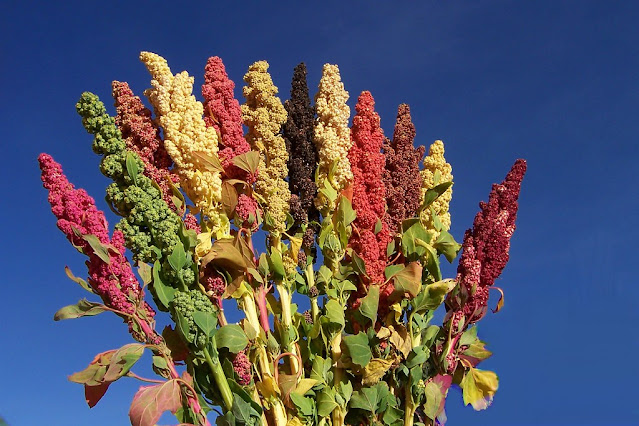
















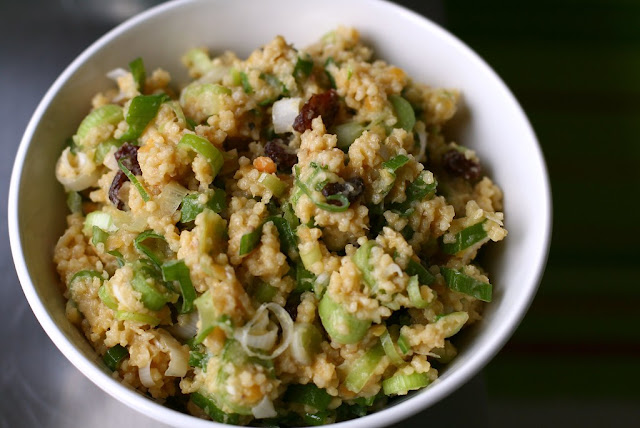













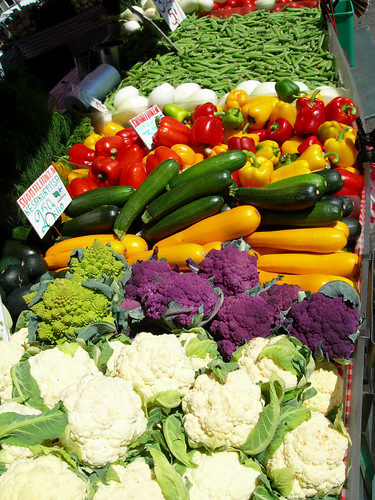

















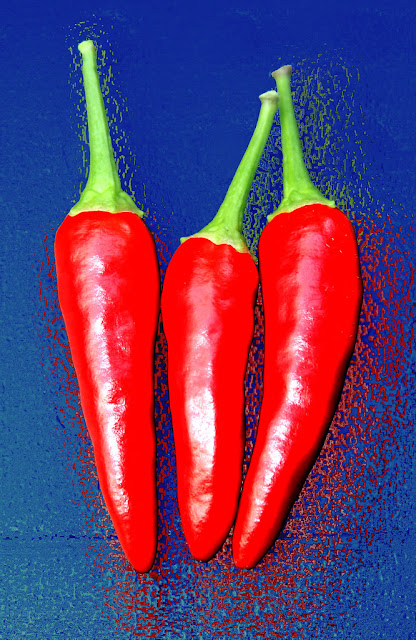







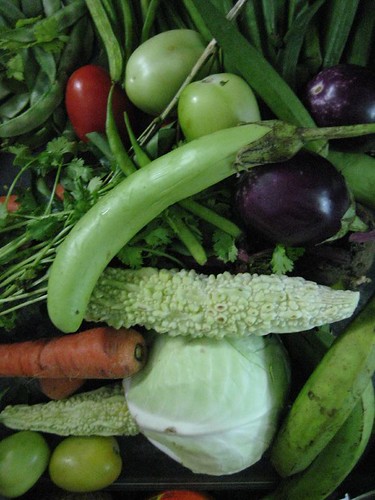





































































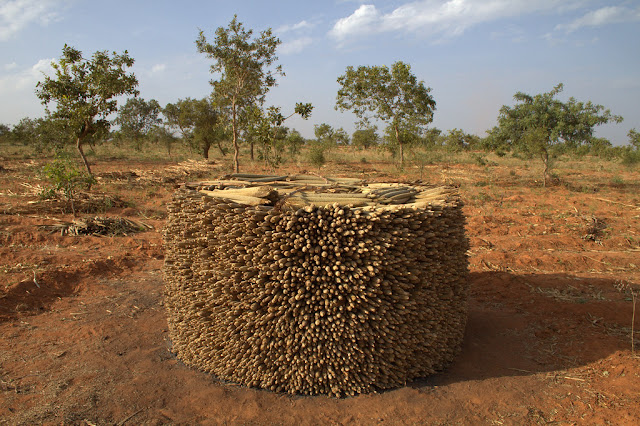

































































































Well researched and very relevant
ReplyDeleteThank you
DeleteThis work is very well researched and curated.
ReplyDeleteIt also deserves praise for covering under-reported domains.
Thank you
ReplyDelete